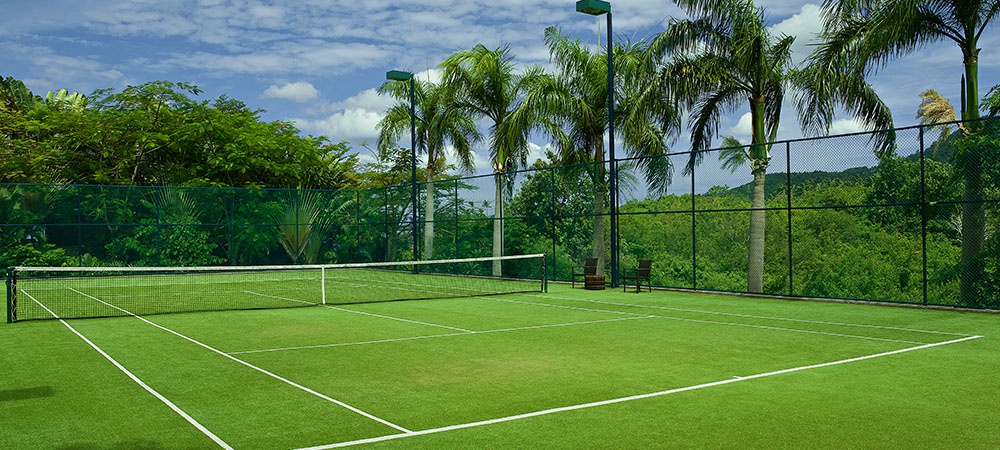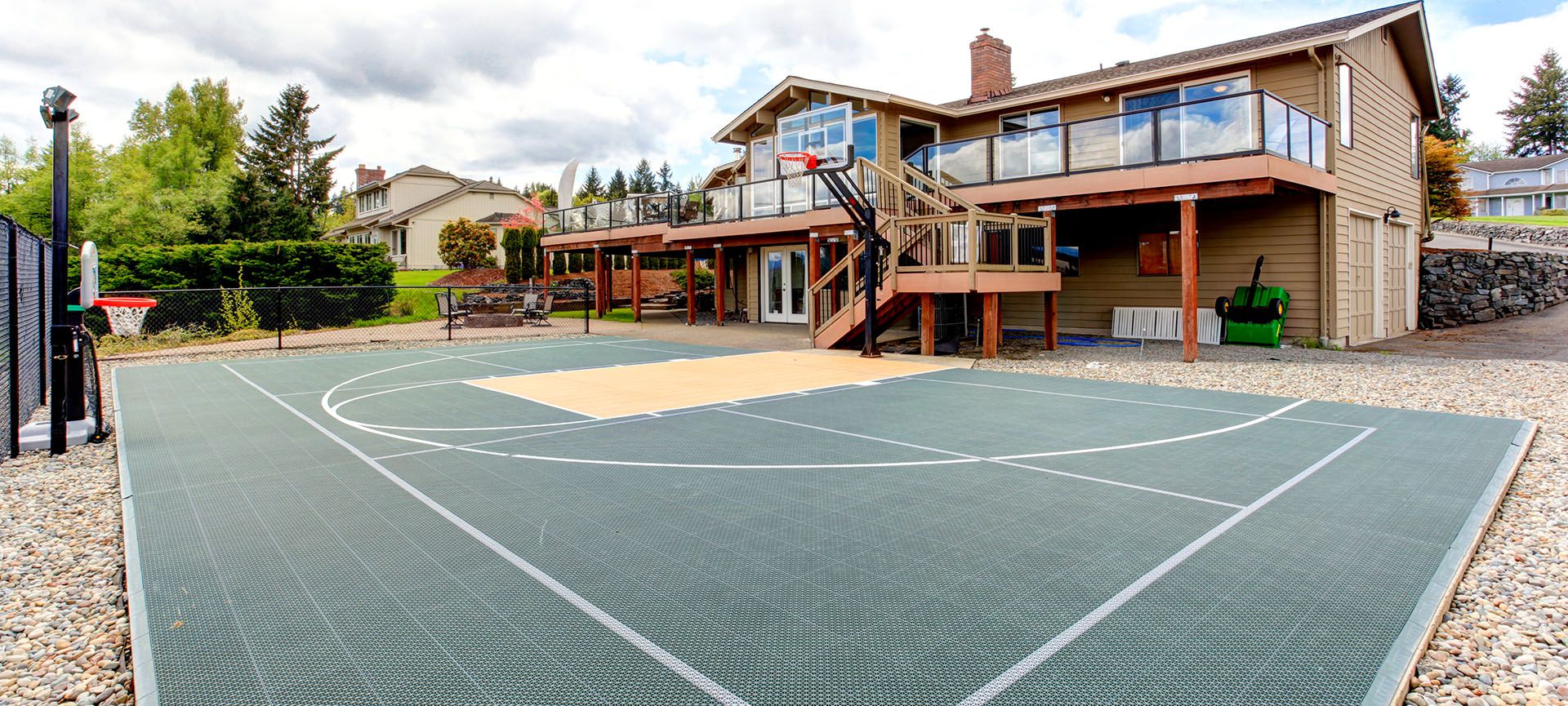Transform Your Backyard: Building a Tennis Court for Home Use
If you want to create a home oasis and add a unique feature to your backyard, then building a residential tennis court may be the perfect solution.
With the rising popularity of private sports facilities taking residency closer to home, many homeowners nationwide are devoting their outdoor space to recreational and social use. A private tennis court in the comfort of your home gives you a range of benefits you wouldn’t get from public courts.
From having a secure and private playing area, to being able to play whenever it suits you—a home court can be just what you need to up your game and keep active while saving time and money.
But building a tennis court in your backyard isn’t as easy as it sounds. From construction materials and equipment down to how much maintenance is needed — it can all feel overwhelming if you don’t know where to begin.
This blog post will provide the information necessary to construct a residential tennis court that best suits your budget and needs!
Steps to Transforming Your Backyard to a Tennis Court
Here’s our comprehensive guide to building a tennis court in your backyard.
Making Room
The first step to building your tennis court is ensuring you have adequate space for construction. It’s important to remember that a standard tennis court size is 78 feet by 36 feet, which will give two players plenty of room to move around without feeling too cramped. If you don’t have the space available, you may need to look into alternative court sizes and options, such as mini or 3/4 courts.
Choosing Your Court Surface
The next important decision is selecting which type of surface you’d like your tennis court to have. Three main types of court surfaces are available: clay, grass, and hard courts.
- Clay is the most common type used in private tennis courts as it provides a slightly softer surface than other options, which can benefit players when jumping or making quick turns during play. However, clay courts require strict maintenance, such as regular line sweeping and top dressing.
- Grass courts are a great option as they’re both aesthetically pleasing and durable. But a grass court requires more regular maintenance than clay courts.
- Hard courts are the most affordable and low-maintenance surface available, but they can be unforgiving on players’ joints due to its hardness.
Related Article: Clay Tennis Courts vs. Other Court Types: Which is Best for You?

Preparing the Court and Installing Fencing
Once you’ve decided on your court surface and cleared a space in your backyard, it’s time to prepare the area for construction.
This includes marking the court measurements and preparing the soil beneath by removing large rocks or debris. After that is complete, it’s important to install a fence or netting around the court to keep away any potential intruders.
Constructing the Court
The final step of constructing a home tennis court is laying down the surface material and marking its lines. Depending on which type of surface you choose, this will vary in price and complexity.
For example, hard courts are the most affordable and require minimal construction skills, while clay courts will be much costlier and complex to install.
Calculating the Cost of Building a Home Tennis Court
Once you’ve decided on your court surface, location and fencing requirements, it’s time to calculate how much it will cost to build.
- The most important factor in determining the cost of a new home tennis court is the type of material being used. For example, hard courts are far less expensive (from $5 per square foot) than clay courts (from $12 per square foot) due to their simpler installation process.
- Other factors to consider when calculating the cost of building a home tennis court is the price of materials required, such as netting, court lining and other construction equipment.
- Additionally, factor in labour costs if hiring someone to build the court for you.
On average, building a residential tennis court costs around $45,000 – $60,000, including all materials and labour costs.
Integrate Lighting for Evening Play
To make the most out of your court, consider installing lighting to take advantage of evening play. This will increase the cost of construction slightly, but it is worth it if you plan on often playing in the evenings or at night.
To prevent added energy costs, you could opt for LED lights or solar-powered lights that will help you save money over time.
Maintaining Your Home Tennis Court
Maintaining your home tennis court is essential to ensure you get the most out of your investment. The best maintenance routine for your new home court depends on the construction material.
Clay courts require regular brushing and watering to keep the surface in good condition, while hard courts may need to be power-washed and re-coated with a special sealant every few years.
Additionally, it’s important to fill in any divots or cracks on the court’s surface as soon as you notice them to keep the court level and safe for play.
Finally, regularly sweeping the surface of your court can help keep it looking pristine and free from debris. With proper care and maintenance, your home tennis court can provide endless hours of entertainment for years to come.
For additional tips or advice on how to best maintain your home tennis court, don’t hesitate to contact a professional specializing in building and maintaining tennis courts. They will have the knowledge and experience to help you get the most out of your court.
Related Article: The Steps Involved in Building a Tennis Court from Scratch

Final Thoughts
Building your home tennis court can be a great way to enjoy the sport you love and stay in shape with friends or family. It may be a daunting task. But with careful planning and preparation, you can create a court that meets your needs and budget.
The process is simpler when you partner with an experienced contractor like Crowall — Ontario’s leader in tennis court construction.
Our expert team will provide you with the ideal mix of construction materials, labour and maintenance to ensure you have a beautiful home court that you’ll enjoy for many years to come.
Call us via (416) 951-4626 for a free consultation.



